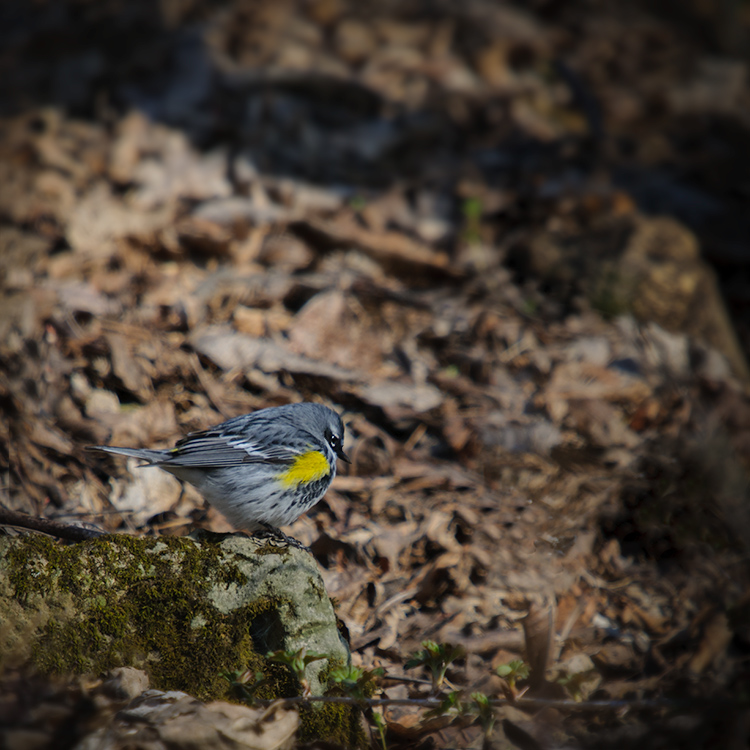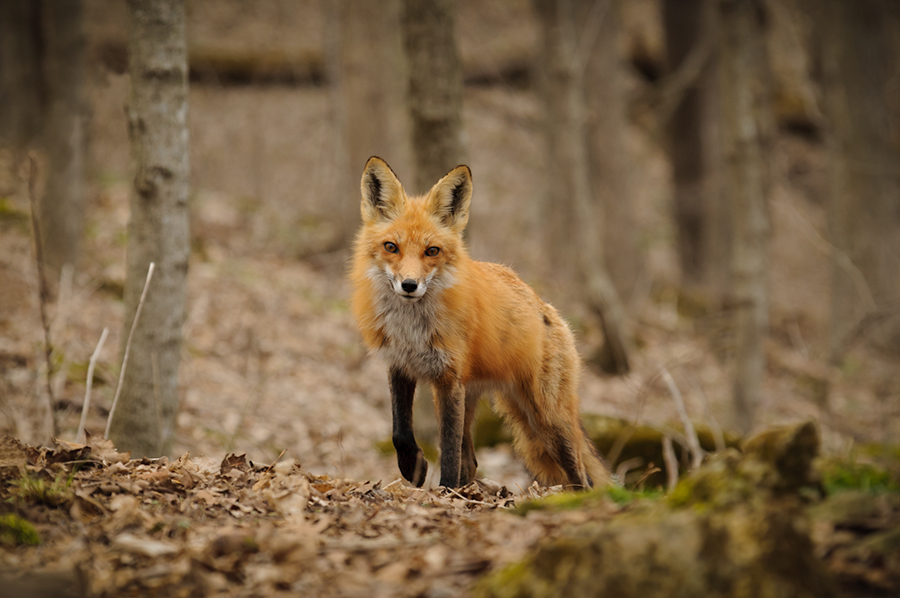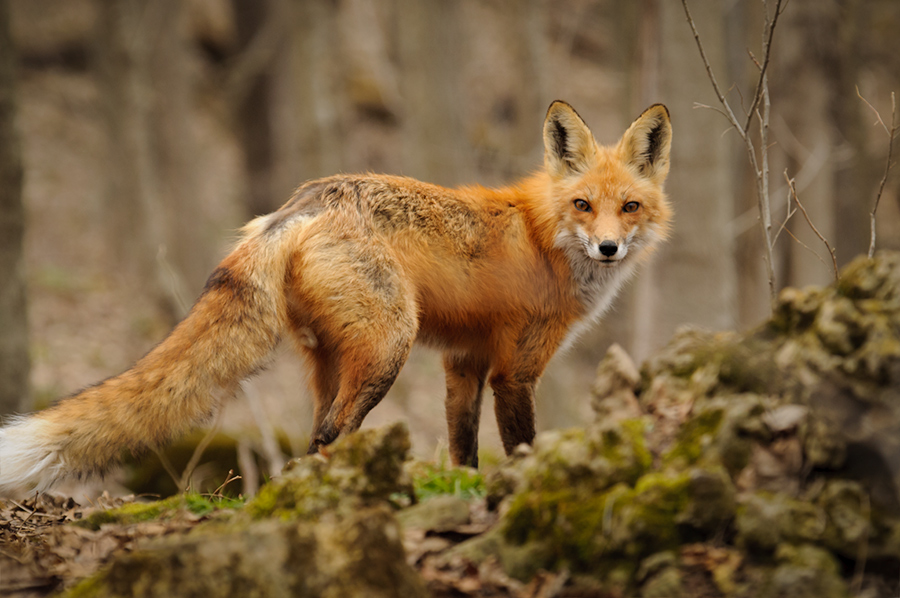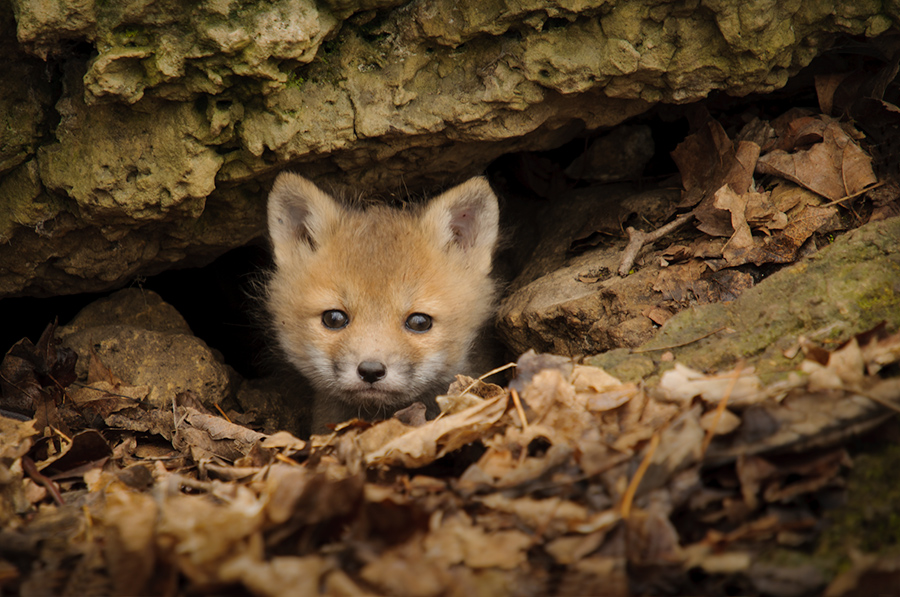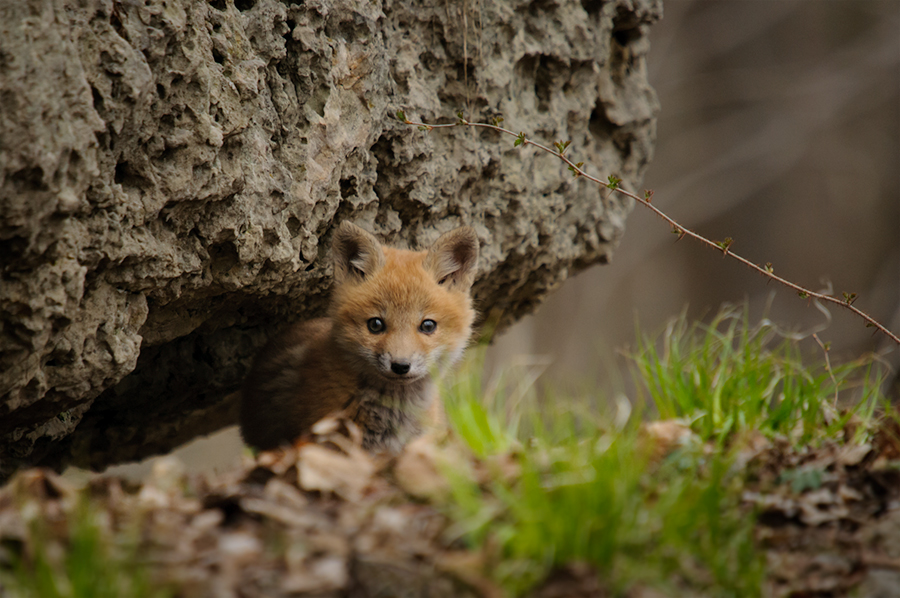
Circumstances that were not in my favor prevented me from sharing last Sunday's big thrill with you earlier. After more than eight years living here in Eastern Iowa we discovered for the first time a nest of the Great Horned Owl. We have heard the hoots of this big owl many times before, especially during their mating time in November-December, but we saw it only ones, and only as a silhouette in a moonlit night. The Great Horned uses abandoned nests of other hunting birds and the one I found near the Mississippi was the nest of a Bald Eagle. First I saw briefly a young bird on the nest and was already happy because I thought it was a young eagle. Can you imagine my excitement when I discovered the adult owl in the nest after getting a little closer?

Here is the warning. All images are heavily cropped, and I mean heavily. This is something I usually try not to do with my wildlife photographs. So please bear with me and the quality of the photos I like to show you today. I spent several hours near the nest. The juvenile was mostly hiding in the nest but the adult kept an eye on me the whole time. It was very windy and the owl's ear tufts were always in motion. Ones in a while the young owl would climb up to the rim of the nest and I tried to capture those brief moments.

After a while the adult took off towards the Mississippi and I didn't see it again that day. The juvenile Great Horned Owl spent most of the next three hours in the safety of the nest, not visible for me. The light became really good in the late afternoon and I was just hoping for another moment while patiently waiting. Well, the little owl didn't do me the favor. Clouds moved in and I just called it a day. And then everything happened very fast. I had packed my tripod, the camera was stored in the car already, and suddenly the sun hit the big tree for a short moment. I looked back and there was the owl, peeking over the rim of the nest. Damn, not enough time to get the tripod set up again. I just took the camera and fired three shots before the little owl disappeared again. And those were the shots with the best light all day long...
P.S.: I went back this evening and the young owl was peeking again over the edge of the nest. Can you tell I'm thrilled about my latest wildlife encounter....? :-)

